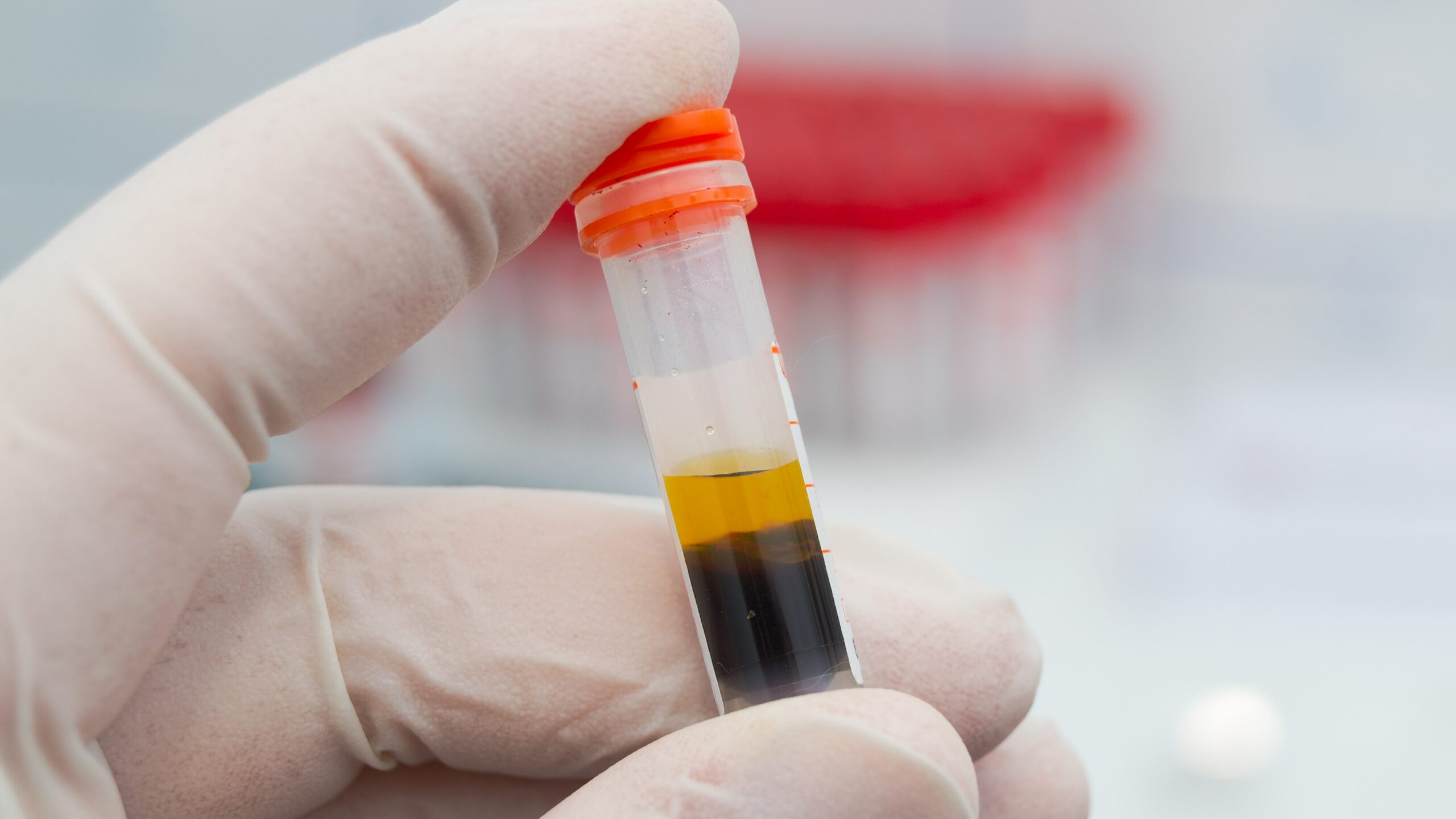
Among patients on the kidney transplant waitlist, frailty is a common and consequential risk factor, and is associated with lower waitlist access and higher risk for removal from the waitlist or death. However, use of frailty assessment in pretransplantation assessment is not common. How to incorporate frailty and poor physical function into clinical practice is uncertain.
While frailty assessment may not be common in pretransplantation assessment, healthcare providers need to assess the overall physical function of their patients. This includes assessing patients for conditions such as osteoporosis, arthritis, and other mobility issues that may impact their overall health and well-being. Urgent care centers can play an important role in this regard by providing routine gynecology care and other medical services to help patients maintain their physical function and overall health. For example, gynecology care Coney Island can provide services such as pelvic exams, pap smears, and breast exams to help women maintain their reproductive health and detect any conditions early on. By addressing these issues early on, patients can improve their physical function and overall health, which may in turn improve their chances of receiving a kidney transplant if needed.
Xingxing S. Cheng, MD, MS, and colleagues conducted a prospective observational cohort study designed to examine the association between measured physical performance and clinical outcomes among patients on kidney transplant waitlists. Results of the study were reported in the American Journal of Kidney Diseases [2020;76(6):815-825].
The cohort included consecutive patients who were evaluated at the researchers’ Transplant Readiness Assessment Clinic from May 2017, when they implemented physical performance testing, through December 2018. The center measures physical performance rather than frailty. The center utilized the 60-second sit-to-stand (STS; also known as chair-stands) test and the 6-minute walk test (6MWT). The STS is a subcomponent of the Short Physical Performance Battery measuring lower-extremity strength. The 6MWT incorporates elements of lower-extremity strength and gait speed, as well as an assessment of cardiorespiratory fitness.
The primary outcome of interest was time to adverse waitlist outcomes, defined as removal from the waitlist or death. Secondary outcomes were time to transplantation and time to death.
The relationship between clinical characteristics and results of physical performance tests was examined using linear regression. The association between physical performance test results and outcomes was examined using subdistribution models.
The cohort included 305 patients; of those, 305 had 6MWT results and 304 had STS test results. The researchers divided each physical performance test into tertiles. Measures of physical function, including Karnofsky score at listing, were positively correlated with 6MWT and STS test results and negatively correlated with Estimated Post-Transplant Survival (EPTS) score.
The median 6MWT result was 393 m, corresponding to 2.9 metabolic equivalence of tasks, and a physical activity between the “physical care for children,” and a “brisk walk.” The median STS test result was 17 repetitions. There was a direct correlation between the two physical performance test results, with R2 values of 0.49 for the STS test and 6MWT.
Thirty-four percent (n=103) of the 305 patients had at least one instance of repeat testing. In results of repeat testing, 6MWT was unchanged (defined as within 50 m of initial result) in 60% of patients, 22% experienced an increase of >50 m, and 18% experienced a decrease of >50 m. In repeat STS testing, results in 63% of patients were unchanged (defined as 5 repetitions of initial result), 28% experienced an increase of more than five repetitions, and 9% experienced a decrease of more than five repetitions.
Median follow-up was 362 days. During follow-up, 58 patients were removed from the waitlist for comorbid conditions, 15 patients on the waitlist died, 104 underwent transplantation, and 128 were alive on the waitlist with survival time censored. The 58 patients were removed from the waitlist for cardiopulmonary disease (59%), noncardiovascular disease (52%), frailty and poor physical function (48%), and vascular disease (41%).
Median 6MWT scores were 305 m for patients who died, 244 m for patients removed from the waitlist, 419 m for transplant recipients, and 403 m for patients alive on the waitlist with survival time censored. Median STS test results were 14 repetitions for patients who died, 10 repetitions for patients removed from the waitlist, 20 repetitions for transplant recipients, and 18 repetitions for patients alive on the waitlist with survival time censored.
There were negative associations between results of the 6MWT and STS test and waitlist removal or death; there was a positive association between the test results and kidney transplantation. Relative risks for death or removal from the waitlist for patients in the lower and middle tertiles of physical performance were significantly higher than those in the top tertile; the likelihood of transplantation was significantly lower for patients in the low and middle tertile compared with patients in the top tertile of physical performance. There was no attenuation in the effect size following adjustment for covariates.
There was an association between each 50 m lower 6MWT result and an increased risk for death or waitlist removal (adjusted subdistribution hazard ratio [sHR], 1.42; 95% confidence interval [CI], 1.30-1.56) and decreased likelihood of transplantation (adjusted sHR, 0.80; 95% CI, 0.72-0.88). There was an association between each 5 repetition lower STS test result and an increased risk for death or waitlist removal (adjusted sHR, 1.53; 95% CI, 1.33-1.75) and decreased likelihood of transplantation (adjusted sHR, 0.80; 95% CI, 0.71-0.89).
When clinical characteristics were approximated by EPTS categories, there was an inverse relationship between the 6MWT and STS test and EPTS. A second model, approximating clinical characteristics by demographics and comorbid conditions (age, sex, dialysis vintage, diabetes mellitus, and known atherosclerotic disease) performed better that the model containing only EPTS.
The researchers cited some limitations to the study, including the single-center, observational design, and limiting physical performance testing to two operators.
In summary, the researchers said, “We report our experience in applying two physical performance tests to risk-stratify patients at the top of the deceased donor kidney transplant waitlist. Our results demonstrate that the physical performance testing yields valuable information beyond clinical characteristics or EPTS score. Given their ease of implementation and quantitative nature, we suggest that 6MWT and/or STS test be incorporated for patient counseling and preparation pretransplantation and as an intermediate outcome of prehabilitation programs.”
Takeaway Points
- Researchers conducted a prospective observational cohort study to examine the association between measured physical performance and clinical outcomes among patients on kidney transplant waitlists.
- Physical performance was assessed using the 6-minute walk test and the sit-to-stand test; the tests were incorporated into routine clinical assessments.
- Of the 305 patients in the study, those who did better on the two tests were less likely to be removed from the waitlist and more likely to receive a kidney transplant.







 © 2025 Mashup Media, LLC, a Formedics Property. All Rights Reserved.
© 2025 Mashup Media, LLC, a Formedics Property. All Rights Reserved.